Apuntes para el salón de Madame B. o la búsqueda del Gesamtkunstwerk
Solo Show
2016
Lokkus Arte Contemporáneo
Medellín, Colombia
2016
Lokkus Arte Contemporáneo
Medellín, Colombia

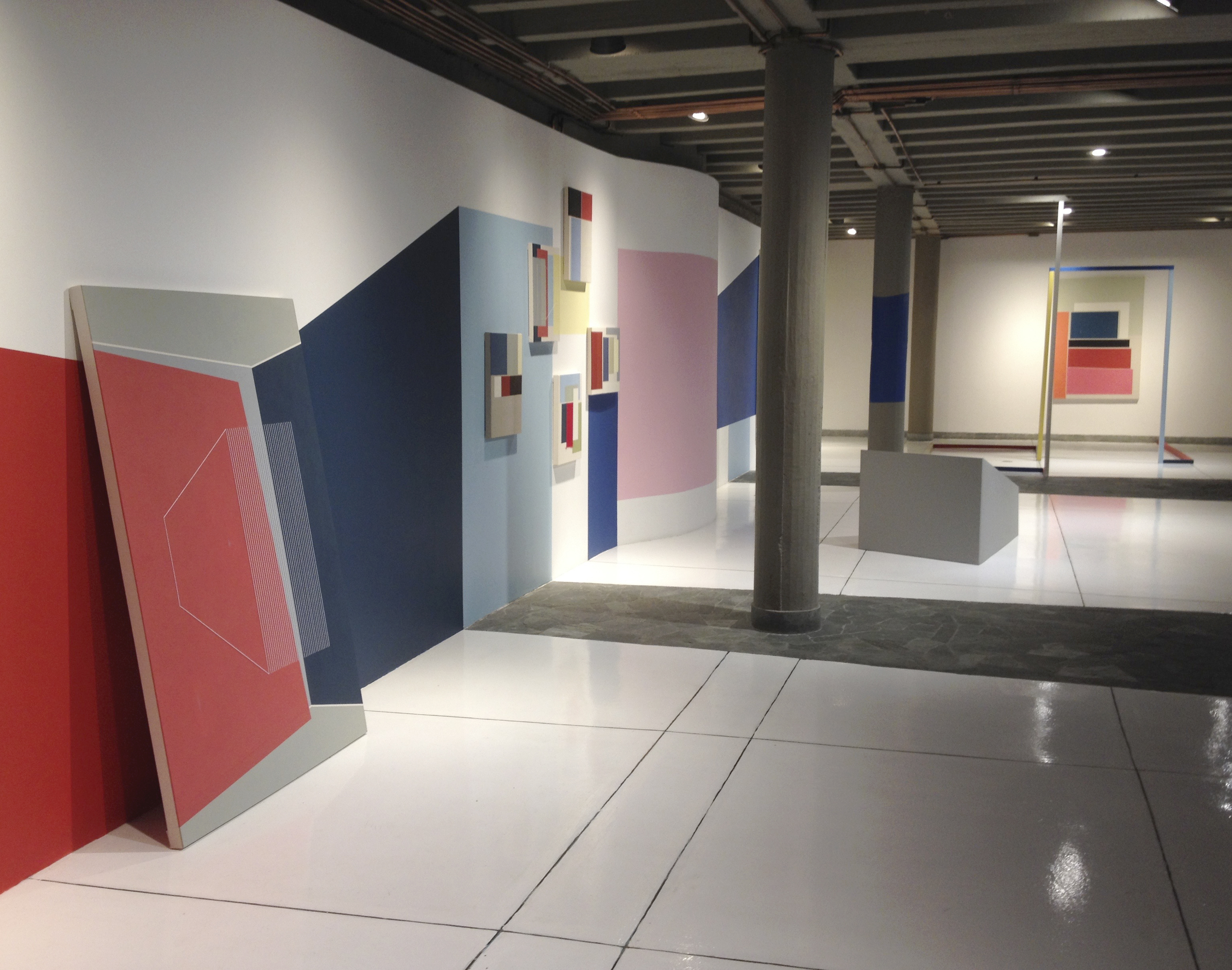
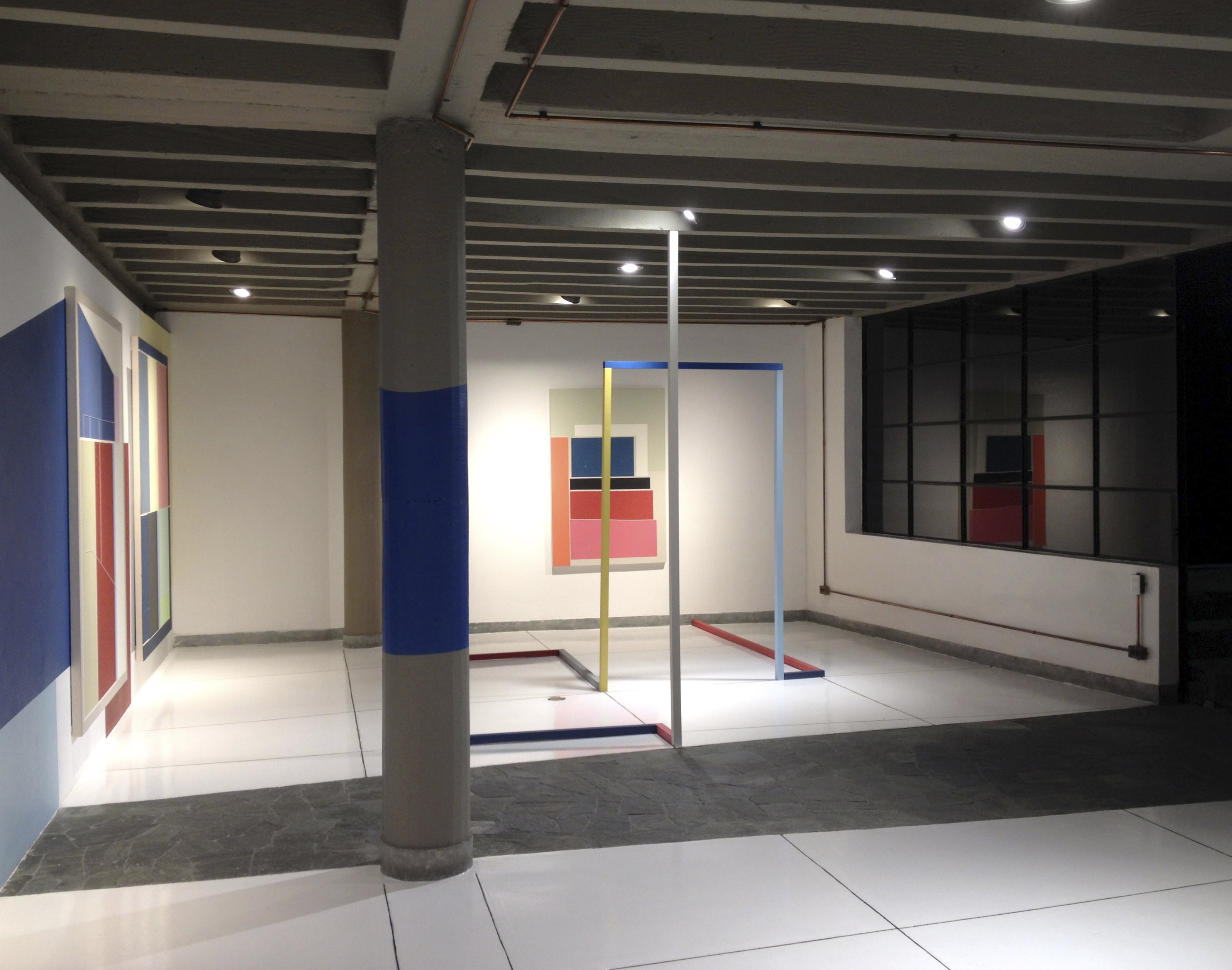
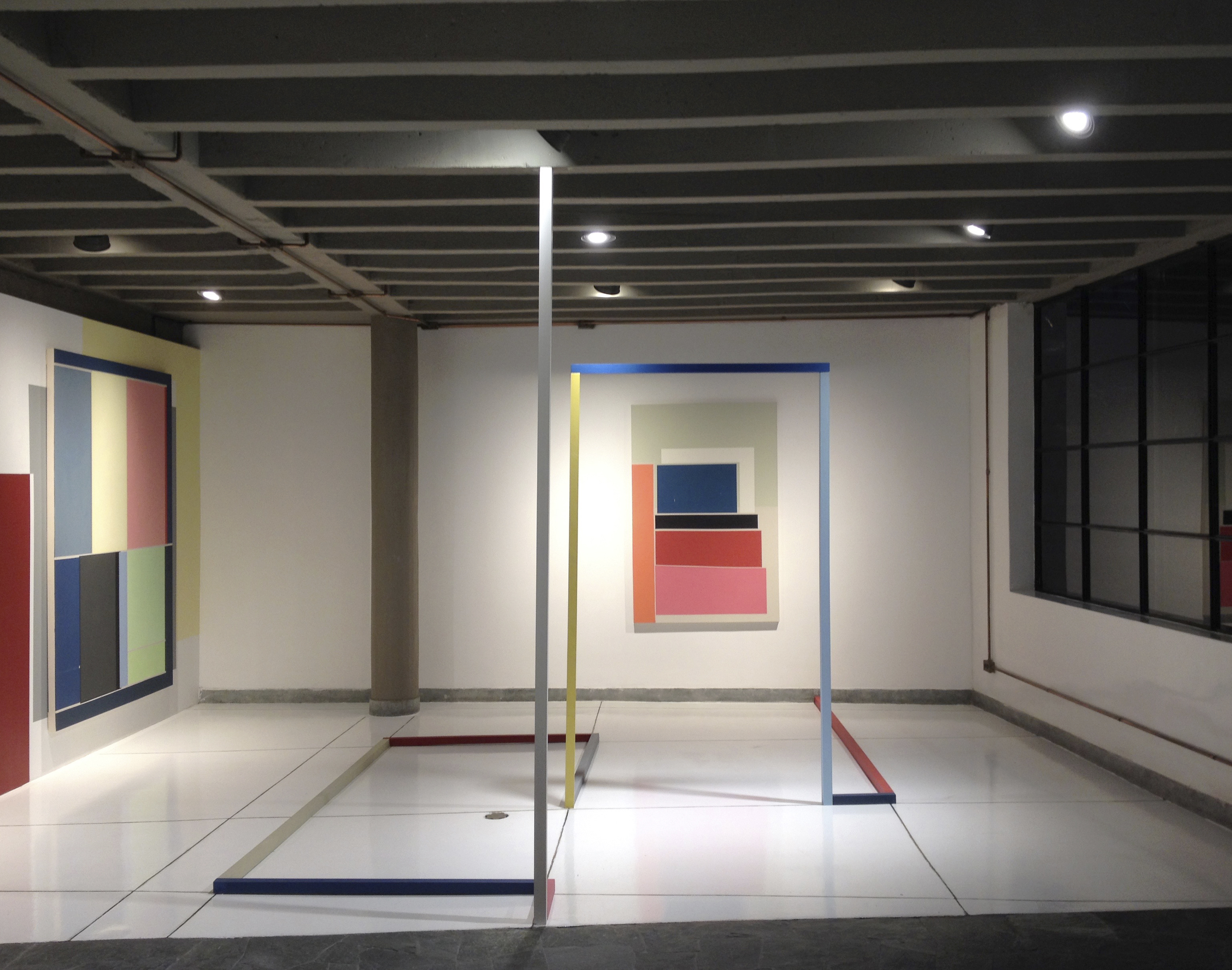
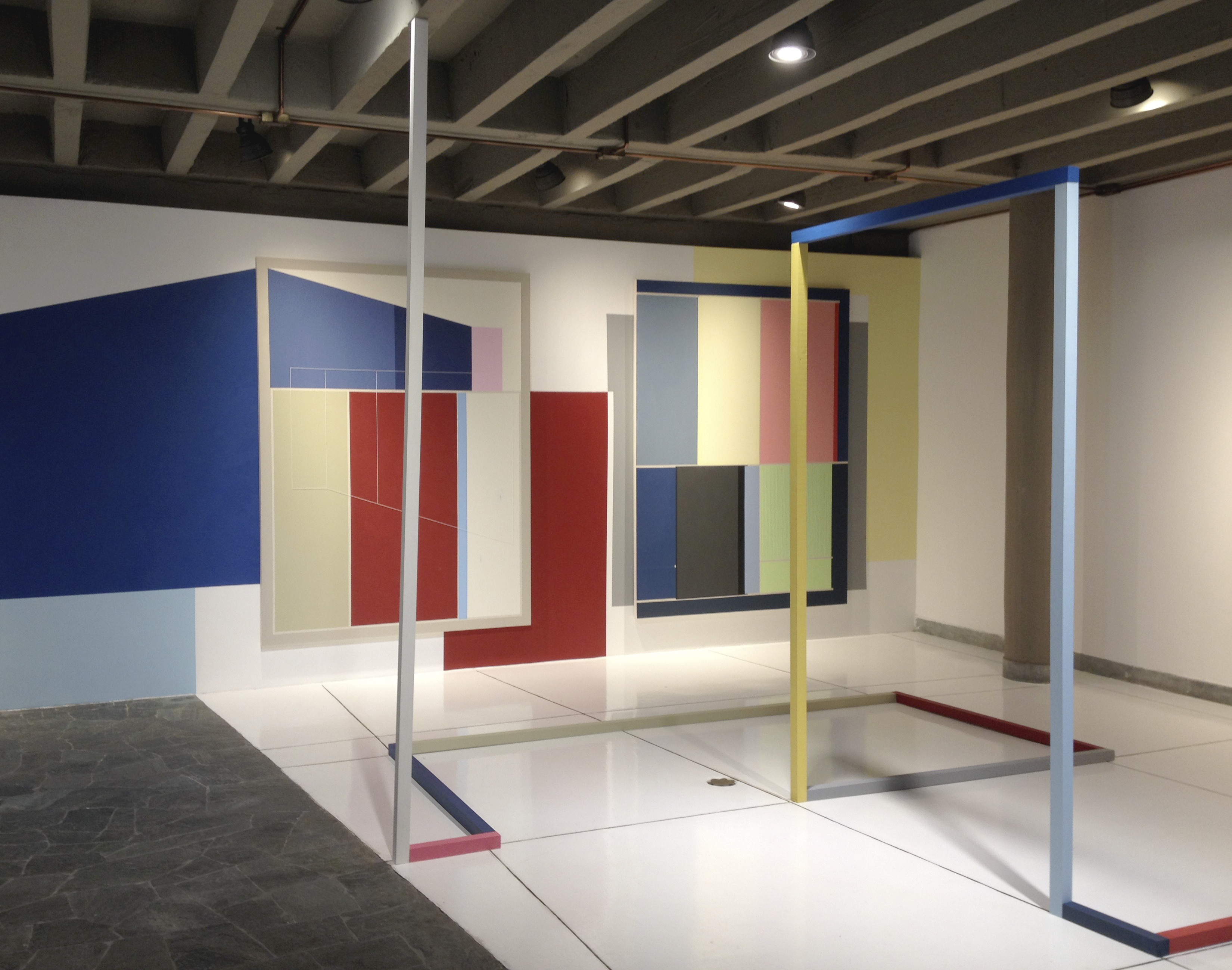


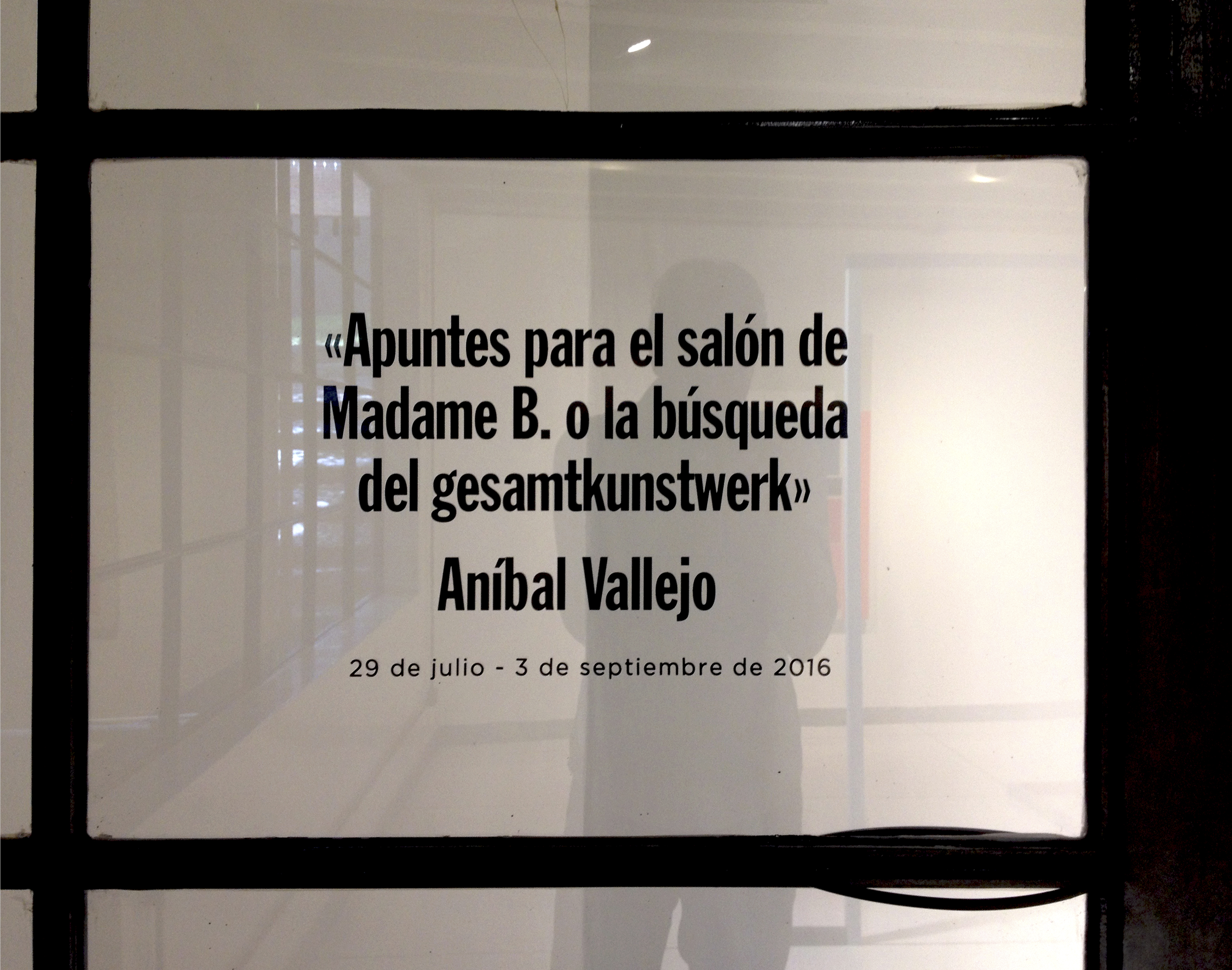
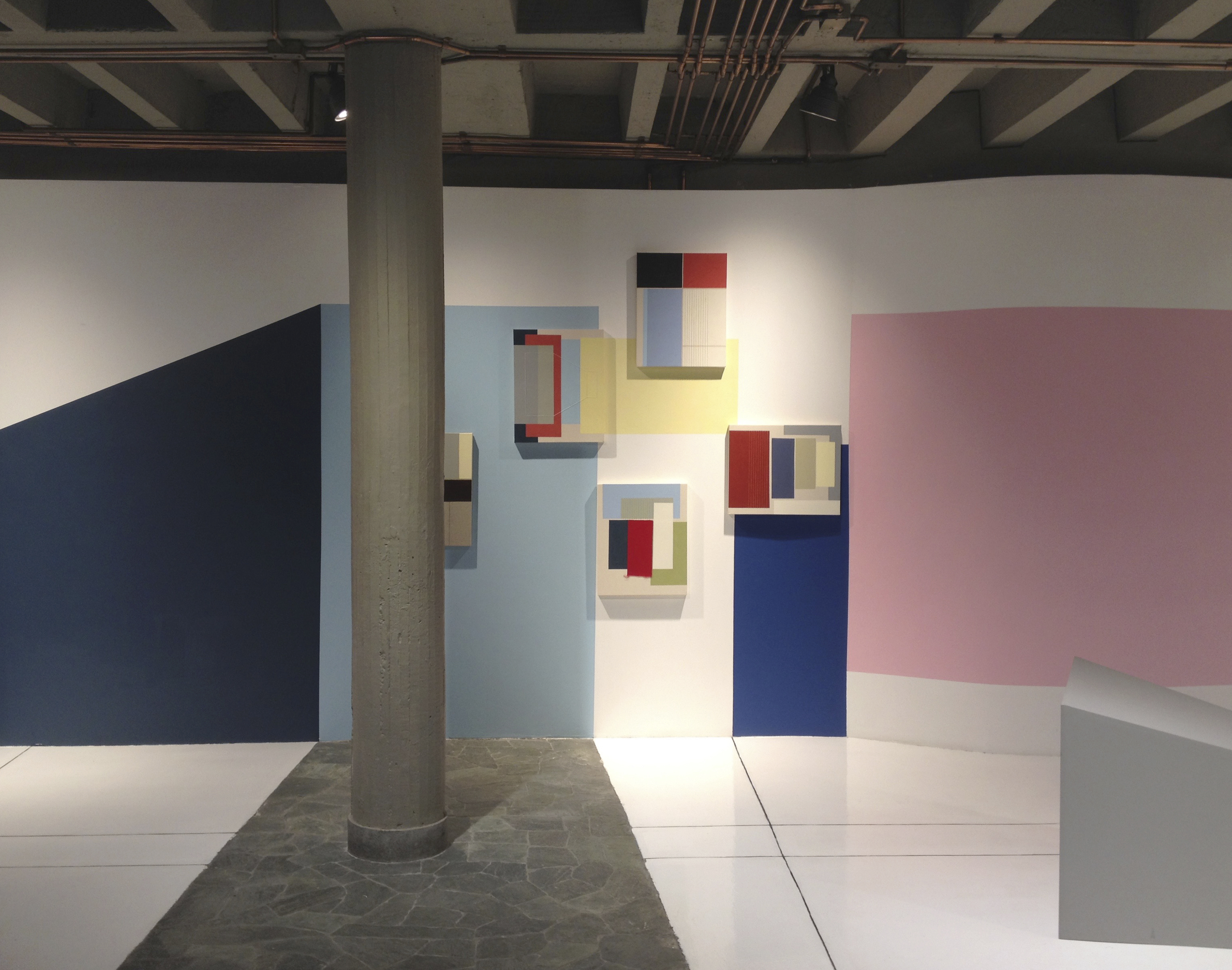


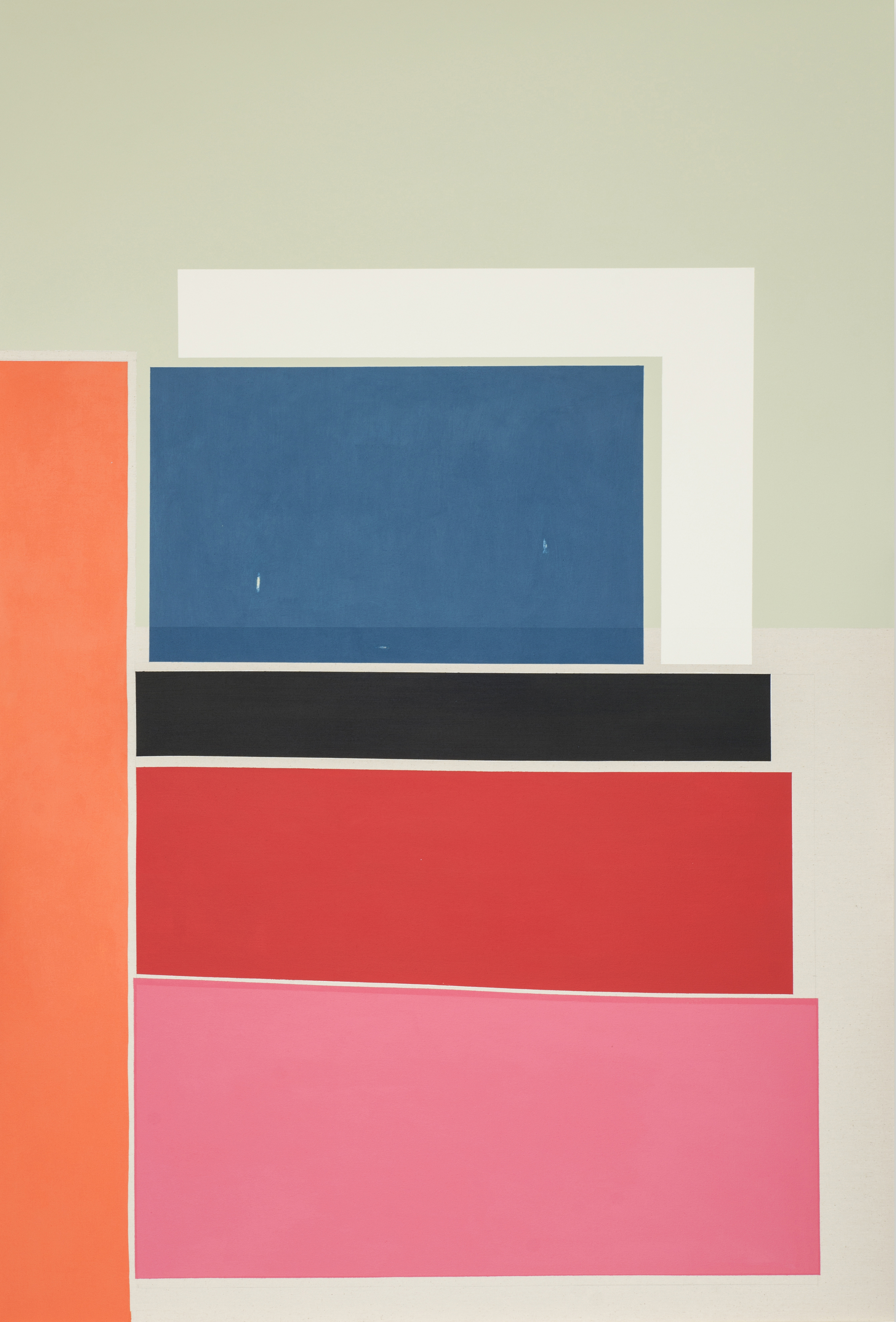
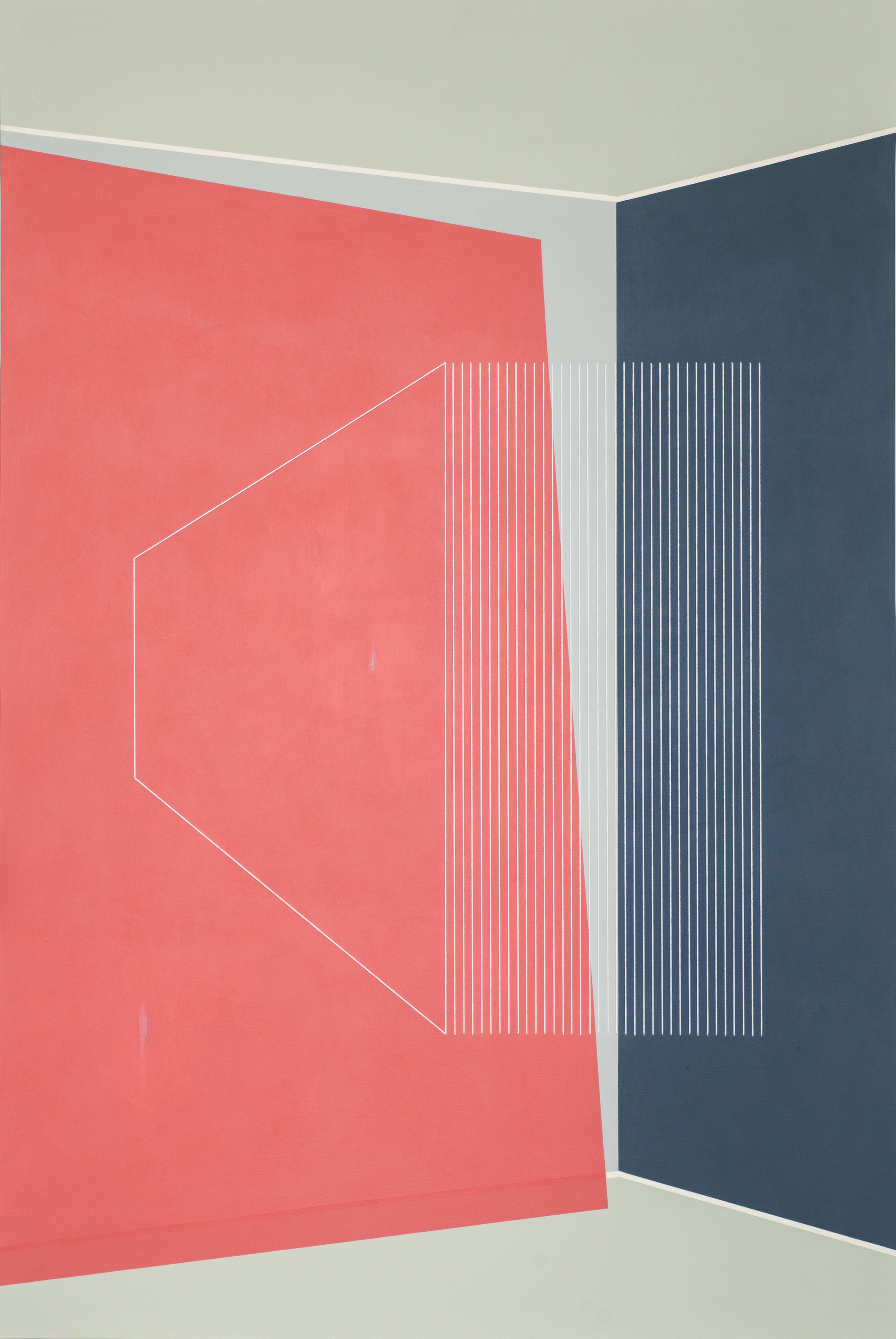






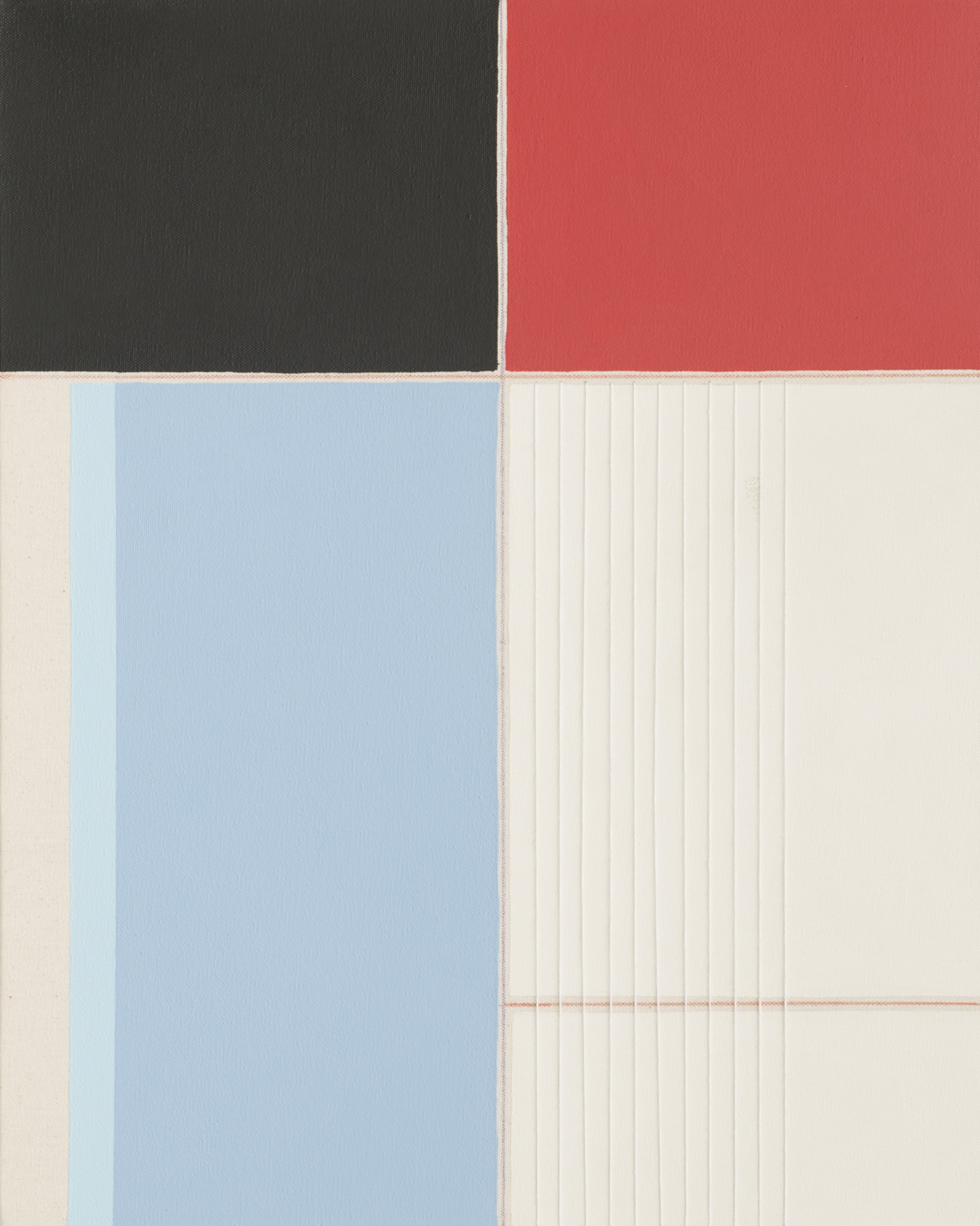
Aníbal Vallejo: in search of new visual compositions
By: Melissa Aguilar R.
July 22, 2016
EL MUNDO Newspaper – CULTURAL
Notes for the Salon of Madame B. or the search for the Gesamtkunstwerk is the title of the exhibition that the artist will open next Friday, July 29, at the Lokkus Contemporary Art Gallery.
During the 20th century, numerous were the movements and currents that adopted as a priority the exercise of artistic experimentation aimed at transcending and transgressing the disciplinary and technical limits, until then faithfully guarded. An example of this is the Dutch artist Piet Mondrian, a member of the De Stijl (Style) movement and one of the precursors of neoplasticism, who, in 1926, was commissioned by the German art collector Ida Bienert to redesign one of the interiors of his house, intended to be used as a study and library. Although the project was never carried out, the design of Madame B.'s room was embodied in three drawings that 44 years later served the Pace Gallery in New York to, for the first time, build this particular proposal within the exhibition space at the that walls, ceiling and floor were indisputably thought of as neoplastic compositions.
This appropriation of space based on visual compositions is the starting point of the artist Aníbal Vallejo for the development of the installation “Notes for the Salon of Madame B. or the search for the Gesamtkunstwerk”. Like Mondrian, Vallejo chooses to extrapolate the limits of painting to three-dimensional space, generating intricate imaginary spaces in this transit. With a clear reference to the context of the rupture that took place in the different artistic disciplines at the beginning of the 20th century, his work questions the apparent distance between the two-dimensionality of painting and its spatial possibilities in the "white cube", which, thanks to the I play with scale, angles and continuities that from time to time are fragmented to change planes, materializing in an illusion of presence.
On the gallery walls, his painting initiates a dialogue with the architectural space as an imminent consequence of his explorations with the geometry of form, which moves and projects towards the observer's space, enveloping him and affecting his point of view. On the other hand, the audiovisual piece of the installation, a field that Vallejo investigates for the first time in his work, constitutes an unprecedented and suggestive exercise in linking time, space and form. The rhythm and duration of the sound lead and incite a kind of visual formalization through geometric figures that expand and contract in a dance marked by the music and almost recall Oskar Schlemmer's Triadic Ballet for the Bauhaus in 1922.
In the proposals of recent years, the artist has opted for a structured work, giving importance to order, balance and geometrization. His final aesthetic objective has been aimed at experimenting around the concept of the "total work of art" or Gesamtkunstwerk, a term coined by Richard Wagner to refer to a type of work that integrates music, theater and the visual arts; This idea was also welcomed as a permanent object of reflection by the utopians of the first post-war period and which led, mainly in the case of painting, to the destruction of the limits of its own autonomy.
In this way, as for Mondrian, Lissitzky or the Bauhaus, for Vallejo the problem of painting has ceased to be a mere matter of the two-dimensional to become a declared interest in the three-dimensional, in the spaces of illusion, but, above all, due to the impossibility of a total work of art. His work assumes the language of abstraction in painting as a re-presentation (re-presentation) of the totality of reality. After purifying the form, getting to the basics means for him finding the complex through the search for rhythm and compensation in the tensions of the form.
In his work, regardless of whether he uses figuration or abstraction, there persists a concern for the limits of painting, for the idea of space and the way in which it is introduced into artistic practice. Especially on this occasion, Vallejo presents us with a painting that rewrites space and sound as constitutive elements of any human experience of reality. Notes for the Salon of Madame B. or the search for the Gesamtkunstwerk also highlights the historical searches towards the formal tensions that Kandinsky, Malevich or Mondrian himself once undertook, for whom painting as a visual metaphor of spiritual harmony, represented the resulting space between intuition and experience.
https://www.elmundo.com/portal/cultura/palabra_y_obra/anibal_vallejo_a_la_busqueda_de_nuevas__composiciones_visuales.php#.ZAuedezMLJw
